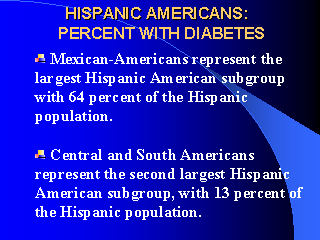|
|
|
|
front |1 |2 |3 |4 |5 |6 |7 |8 |9 |10 |11 |12 |13 |14 |15 |16 |17 |18 |19 |20 |21 |22 |23 |24 |25 |26 |27 |28 |29 |30 |31 |32 |33 |34 |review |
 |
Of significant public health interest, according to the Pan American Health
Association (1991), the Border States had increased its population to 65.1
million inhabitants in 1990. Most of the population of the border area lives in
urban centers, although there are numerous isolated rural communities along this
vast extended region. Of the total population in the Border States, 11.2 million
individuals lived in the border counties or municipios. Two U.S. counties had
population growths above 45 percent in the 1980 to 1990 period:
On the Mexican side, population growths for the 1980-1990 periods were the highest for the border municipio of:
While population densities were highest for the three Mexican border municipios of:
In the meantime, on the U.S. side of the border, the highest county population densities were reported by:
The increasing population densities have been tied to growing economic opportunities along the United States-Mexico border regions (PAHO, 1991). Birthrates are higher in the Mexican Border States than in their U.S. counterparts. In 1990, the highest birthrate was reported in the state of Sonora at 32.6 births per 1,000 inhabitants with the lowest birthrate of 18.9 births per 1,000 inhabitants in the state of Tamaulipas. However, of the U.S. Border States, Texas had the highest birthrate at 22.4 births per 1,000 inhabitants. The border county of Hidalgo, Texas reported 23.4 births per 1,000 inhabitants (PAHO, 1991). Hidalgo County, in the state of Texas, is located across the border from the Mexican state of Tamaulipas, and it is a home-base area for migrant and seasonal farm-workers, who constitute about 52 percent of the total population of Hidalgo County. Interestingly, Texas border counties have had higher infant mortality rates than the rest of the state and, for that matter, the country. In 1984, while the U.S. had an infant mortality rate of approximately 46.2 deaths per 1,000 live births, the Texas counties of:
The above figures suggest that the demand for dental services will be a critical issue in the planning of future dental public health services along the Texas-Mexico border as well as along the rest of the US-Mexico border. |